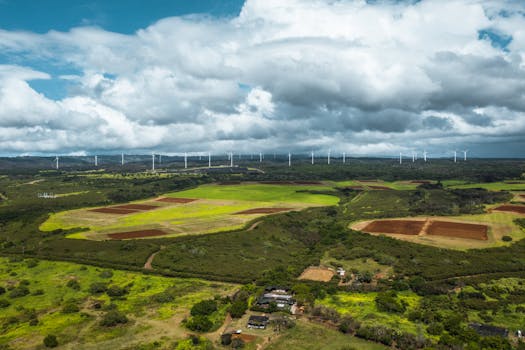
High-Tech Horizons: The Evolution of Earth-Orbiting Technologies for Observation
High-Tech Horizons: The Evolution of Earth-Orbiting Technologies for Observation has been a game-changer in the field of observation, enabling us to monitor and understand our planet like never before. The rapid advancement of earth-orbiting technologies has opened up new avenues for scientific research, environmental monitoring, and commercial applications. In this article, we will explore the evolution of earth-orbiting technologies and their impact on our understanding of the Earth.
The first earth-orbiting satellite, Sputnik 1, was launched by the Soviet Union in 1957, marking the beginning of the space age. Since then, thousands of satellites have been launched into orbit, each with its own unique mission and purpose. The early satellites were primarily used for military and communication purposes, but as technology advanced, their applications expanded to include weather forecasting, navigation, and earth observation.
The Evolution of Earth-Orbiting Technologies
The evolution of earth-orbiting technologies can be broadly categorized into three generations. The first generation, which spanned from the 1950s to the 1980s, was characterized by the launch of simple satellites with limited capabilities. These satellites were primarily used for military and communication purposes and had limited resolution and accuracy.
The second generation, which emerged in the 1990s, saw the launch of more advanced satellites with improved resolution and accuracy. These satellites were equipped with sophisticated sensors and instruments, enabling them to collect high-quality data on the Earth’s surface and atmosphere. The Landsat program, launched by NASA in 1972, is a notable example of this generation, providing valuable data on the Earth’s land surfaces and natural resources.
The third generation, which began in the 2000s, has seen the launch of even more advanced satellites with cutting-edge technologies. These satellites are equipped with high-resolution sensors, advanced propulsion systems, and sophisticated communication systems. The European Space Agency’s (ESA) Sentinel-2 satellite, launched in 2015, is a prime example of this generation, providing high-resolution images of the Earth’s surface and enabling accurate monitoring of environmental changes.
Applications of Earth-Orbiting Technologies
The applications of earth-orbiting technologies are diverse and widespread. One of the primary applications is environmental monitoring, which includes tracking climate change, monitoring deforestation, and detecting natural disasters. The NASA’s Terra satellite, launched in 1999, is a notable example of this application, providing critical data on the Earth’s climate and weather patterns.
Another significant application is navigation, which includes providing location information and timing signals for GPS systems. The US Air Force’s Global Positioning System (GPS) is a prime example of this application, enabling accurate navigation and timing for a wide range of applications, from aviation to precision agriculture.
Earth-orbiting technologies also have numerous commercial applications, including remote sensing, satellite communications, and space tourism. The DigitalGlobe’s WorldView-4 satellite, launched in 2016, is a notable example of this application, providing high-resolution images of the Earth’s surface for commercial and government applications.
Conclusion
In conclusion, the evolution of earth-orbiting technologies has revolutionized the field of observation, enabling us to monitor and understand our planet like never before. The rapid advancement of these technologies has opened up new avenues for scientific research, environmental monitoring, and commercial applications. As we continue to push the boundaries of space technology, we can expect to see even more innovative applications of earth-orbiting technologies in the future.
